A Triple-Bottom-Line business is traditionally focused on profit and loss, which are usually recorded at the end of a statement of revenue and expenses. In the past, companies solely existed to make a profit. But things have changed.
People no longer invest their money solely to make a profit. They are more concerned about their social and environmental impact.
The Triple Bottom Line concept requires companies to channel resources towards financial performance, social responsibility, and ecological sustenance. Let’s explore this concept in detail.
Table of Contents
- What is the Triple Bottom Line?
- The 3 Ps of TBL
- People
- Planet
- Profit
- Who is Triple Bottom Line Framework For?
- How Do You Measure Triple Bottom Line?
- Economic Indices
- Environmental Indices
- Social Indices
- Benefits of Triple Bottom Line?
- Building Brand Reputation
- Acquiring Top Talent
- Accounting and Reporting Compliance
- Improving Business Opportunities
- Encouraging Communal Development
- Criticisms of Triple Bottom Line
- Businesses That Use Triple Bottom Line Concept
- Patagonia
- IKEA
- Unilever
- DHL
- Ben & Jerry’s
- Nike
- FAQ
- Why is the triple bottom line important?
- How does the triple bottom line affect profit?
- What value does the TBL bring to a business?
- How do you comply with the triple bottom line?
What is the Triple Bottom Line?
The Triple Bottom Line in a business traditionally meant financial performance. It focused more on profit and loss accounts. However, a famous British management consultant and sustainability expert, John Elkington, thought it was time to revisit this notion that existed only to measure a business’s financial success.
In 1994, John gave this now-famous phrase a different definition. He used it to measure performance in corporate America. His concept included a business’s financial, social, and environmental performance, which became the Triple Bottom Line definition.
Triple Bottom Line (also known as TBL or 3BL) is a transformational framework for businesses to achieve sustainability and financial success.
The Triple Bottom Line in business aids in measuring, benchmarking, setting goals, continually improving, and adopting sustainable systems. It also addresses social and environmental concerns.
TBL states that companies can also focus on financial success and social and environmental impact equally. It is more than just an accounting tool; it also helps you take a global reporting initiative.
The Triple Bottom Line approach can be divided into three Ps: Profit, People, and the Planet. The next section will provide more details.
The 3 Ps of TBL
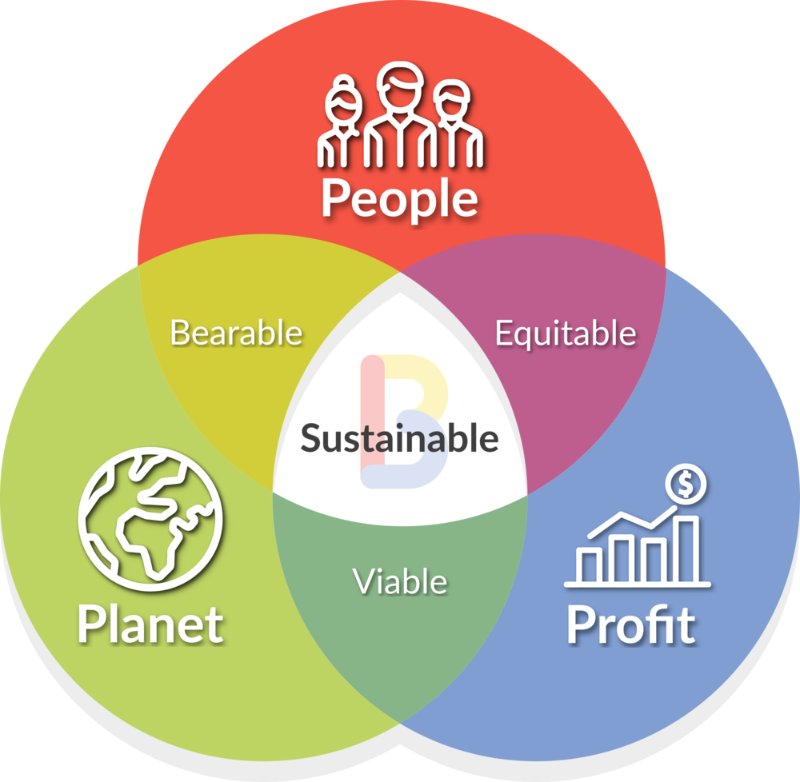
As mentioned, the 3 Ps of TBL is People Profit Planet. Companies that use the Triple Bottom Line must set goals, measure, and report on all three aspects. So, what does this people’s planet profit concept entail?
People
The people category consists of all stakeholders, not only shareholders. Stakeholders include any persons who directly or indirectly contribute to the existence of the business, from employees to investors to customers. They can also include people affected by the business.
This category of TBL shares many things in common with corporate social responsibility (CSR). CSR is the role of an organization to meet the needs of its stakeholders and stakeholders to make it accountable for its actions.
There are different TBL measurement parameters for assessing themselves when considering people. These include the following:
- Advocating for human rights
- Community engagement
- Providing a safe work environment.
We’ll get all the details later in this article!
Planet
Environmentalists work hard to conserve the ecosystem for future generations, and the TBL framework instills this in businesses and organizations.
Technological advancements have made it possible to hold organizations accountable for their actions. Successful companies that reduce their carbon footprint and positively impact the environment receive rewards. But even without the prize, it should remain a corporate responsibility.
Stakeholders have been enlightened on the consequences businesses have on the natural environment. Companies using Triple Bottom Line should fight climate change. That’s possible by reducing their carbon footprint, but there’s always more businesses can do to aid the fight.
Profit
Their financial performance under TBL also measures the success of businesses. It advocates for strategic planning and decision-making to maximize profit. But at the same time, it should reduce costs and risks.
The Triple Bottom Line of sustainability allows organizations to focus on profit generation for their shareholders while upholding social and environmental responsibility.
See Related: Best Ethical & Sustainable HSA Accounts
Who is Triple Bottom Line Framework For?
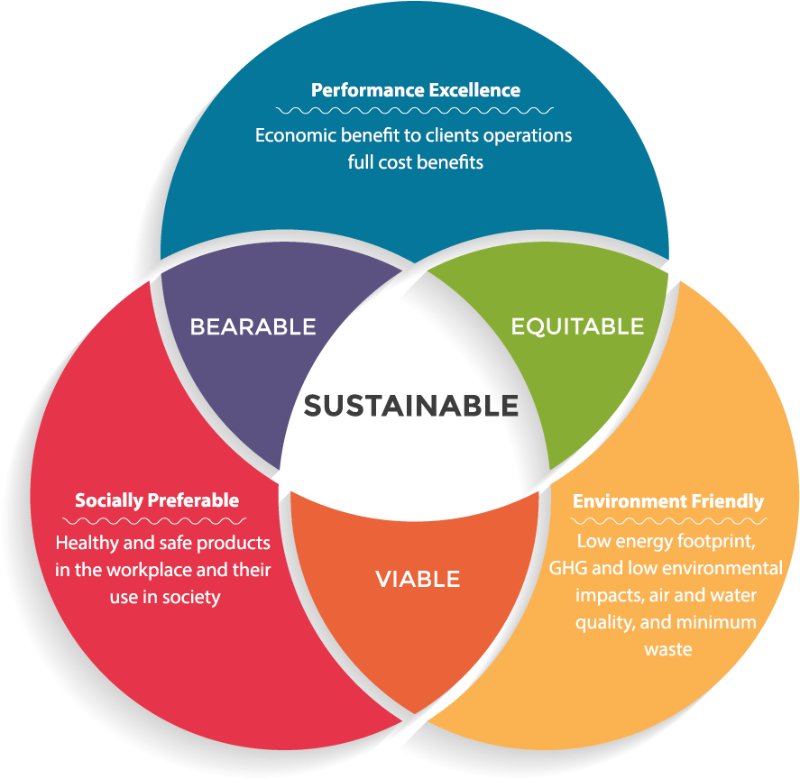
Nonprofit organizations, businesses, and government corporations can all use the Triple Bottom Line Framework. But how does this sustainability framework benefit your organization? You can gain in many ways when you deploy a 3BL framework, whether you are running a startup or a corporate enterprise business.
Most ways of achieving environmental and social sustainability can reduce the cost of production. That means you can profit more by spending less on making your product or your services. For example, reducing waste, efficient electricity usage, and appreciating your customers can return to you as an extra dollar.
Those not in business but in nonprofit organizations can still use the 3 P’s of sustainability to achieve goals. For example, they can practice sustainable agriculture, which increases awareness and adds value to organic and biodynamic farming.
See Related: Best TD Ameritrade Alternatives
How Do You Measure Triple Bottom Line?
TBL measurement has remained the main challenge to this concept. You can measure profit and loss in dollars, but how do you do that for social and environmental sustainability? Is that even possible?
Here’s the thing: the lack of a TBL measurement unit makes it versatile. Corporations and businesses can set goals, self-evaluate, and provide scores.
For example, a paper-making industry can measure its success in metric tons of waste reduction and the number of trees planted in a year. Similarly, a logistics company can gauge its success regarding fewer miles covered. It can be using shorter routes and procedures to reduce the miles covered.
Your TBL parameters can cover financial, environmental, and social aspects. If you want to use a TBL framework and other factors, consider the following indices:
Economic Indices
Economic variables are easy to measure because they revolve around money, and there is a unit for that. These can be evaluated at individual or corporate levels. You do this by looking at income and expenses, taxes, internal business environment, diversity factors, employment, etc.
Specifically, you can set your economic indices to the following:
- Job growth
- Revenue
- Personal income
- Employment distribution
- Company size
- Underemployment costs
Set your business strategy to reduce or increase an index depending on its impact on the profit.
Environmental Indices
Environmental variables all revolve around natural resources. When implementing TBL, the planet aspect can help you focus on any of the following:
- Enhancing air quality
- Enhancing water quality
- Reducing solid waste in landfills
- Improving energy consumption efficiency
- Enhancing proper handling of toxic wastes
- Practicing sustainable agriculture
- Reducing greenhouse gas emissions
You can set these indices as your goal to conserve the environment and natural resources for future generations. The choice depends on your business and its values.
Social Indices
Your business can set out to tackle a particular problem in the community. You can also use social indices to measure your TBL success. The people aspect of the Triple Bottom Line concept involves stakeholders and the business community.
Depending on your industry, you can set any of the following goals and use them as your measure of success:
- Reducing unemployment rate
- Ensuring equitable distribution of natural resources
- Improve health
- Ensuring food security
- Supporting education sector
- Participation in community programs
- Supporting charitable organizations
- Improving security in an area
- Supporting human rights initiatives
These are all about social welfare, which ensures everyone’s well-being! We all do better when we all do better.
See Related: Best Sustainability Software Programs to Manage Business Continuity
Benefits of Triple Bottom Line?
Many benefits of Triple Bottom Line make it a feasible business practice. Many companies around the world are already using the concept and enjoy the following advantages:
Building Brand Reputation
Consumers are now more vigilant than ever about the brands they use. Companies that use TBL concepts get a competitive advantage. That is because of the increasing awareness of social and environmental sustainability,
Many customers now opt for products from brands that care about the planet and social justice.
Acquiring Top Talent
The people category in the TBL’s 3Ps means that everyone is considered a crucial part of the company. Top talents in the market like a conducive working environment. They also need to know where their efforts are appreciated and where they have equal opportunities to showcase their skills.
TBL companies also commit resources to nurturing employees and improving their talents. Who can turn down an employment offer from such an organization? Using the TBL accounting framework means your company becomes the first option for skilled employees.
Accounting and Reporting Compliance
Companies and businesses submit environmental, social, and governance (ESG) reports to the agencies and authorities. If you embrace the TBL concept, you will always meet the regulatory requirements.
Companies using the Triple Bottom Line approach automatically comply with global ESG regulations!
Improving Business Opportunities
TBL can aid in transparent full-cost accounting. This openness allows businesses, nonprofits, and government entities to improve investment opportunities. Organizations that use TBL also make more information-based decisions that attract prospective investors and business partners.
Encouraging Communal Development
TBL accounting framework does not benefit just a few shareholders but brings everyone on board. It covers everyone in the supply chain and business community. Businesses using Triple Bottom Line benefit everyone while focusing on a sustainable future. They bring prosperity to all and enhance general economic growth.
See Related: Best Sustainable Business Examples to Follow
Criticisms of Triple Bottom Line
However beneficial Triple Bottom Line is, it never lacks critics. Let’s quickly highlight some of the most common criticisms of TBL.
- There is no universal unit for measuring TBL, making it a vague framework.
- Creating a universal standard and having all the companies globally meet it is still challenging. Right now, customers have to pay more for sustainably manufactured products and services.
- It is possible for companies to make significant efforts and still claim to be following the TBL framework without seeing rapid dividends.
Businesses That Use Triple Bottom Line Concept
Although the TBL framework has only become popular recently, many companies use Triple Bottom Line. Different businesses around the world use and benefit from TBL in different ways. Let’s review a few of them.
Patagonia

Patagonia is a US-based outdoor clothing and gear manufacturer founded in 1973. For years, the company has used the TBL framework to profit, reduce negative environmental impact, and promote social justice.
The company started recycling plastic bottles in 1933 to make clothes, reducing the amount of solid waste that ends up in landfills. It has successfully solved plastic problems in many parts of the US.
Patagonia now uses organic cotton to make clothes, which helps reduce the toxic pesticides used on cotton farms. The company also doesn’t work with suppliers that mistreat farm animals.
As early as 1985, Patagonia had a program to save the planet. This has only been improved by now giving 1% of sales to environmental courses.
Patagonia has also treated people rationally and offered support where possible. It opened childcare centers for employees and offered flexible working hours.
Patagonia also offers parents two months of parental leave and covers 100% of employees’ health insurance, which has fostered a motivated workforce.
Patagonia is one of the few companies that have a marketing strategy to create awareness among customers about TBL. As a result, it has created a loyal customer base that will continue improving profit.
See Related: Best Circular Economy Jobs to Start Your Sustainable Career
IKEA
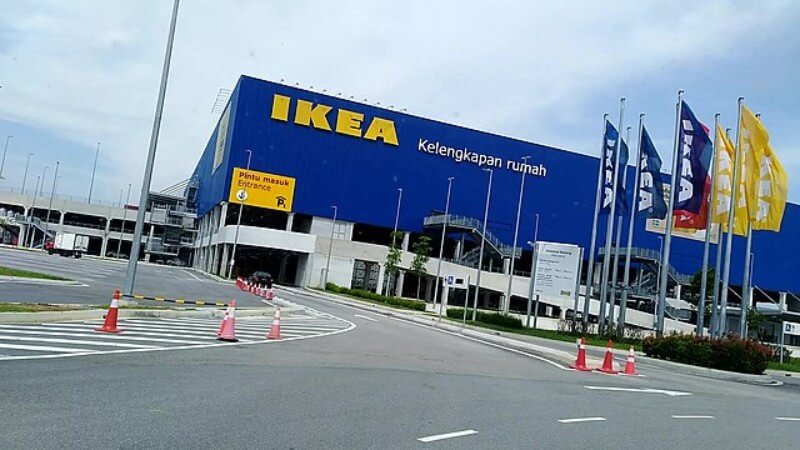
IKEA is a Swedish-founded, Dutch-headquartered multinational conglomerate company established in 1943. It designs, makes, and sells ready-to-assemble furniture, home accessories, and kitchen appliances.
IKEA’s commitment to conserving the environment is unquestionable. The company started recycling waste materials using old ones to make resalable products. To further prove its commitment to this course, it pledges to use 100% renewable or recyclable material by 2030. It also launched a buy-back program to help reduce solid waste and succeed in becoming a circular business.
IKEA also shows its commitment to changing lives by inspiring 1 billion people to live sustainably. Through its extensive range of products, it is on course to achieving that goal. The company also ensures that all its employees meet international labor standards.
There is no doubt that IKEA is a profitable business. Most of its profits come from sustainable programs such as material waste recycling, which indicates how it uses TBL to make a profit.
See Related: Best Immigrant Loans for Small Business
Unilever
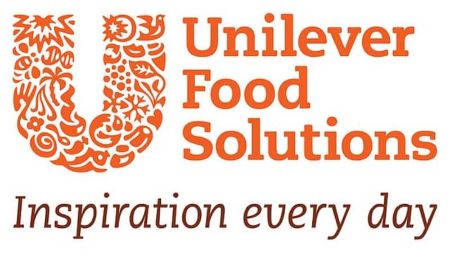
Unilever is a British multinational company founded in 1929. The company is a giant manufacturer of consumer goods, including food, condiments, laundry products, personal care products, beauty products, and much, much more.
The company applies the Triple Bottom Line in different ways. It recently updated its laws, policies, and social norms to benefit people and society.
Unilever also has a People Positive program that aims to eliminate racial discrimination. Lifebuoy’s handwashing education project gained popularity during the COVID-19 pandemic. It created awareness on how people should wash their hands properly.
Unilever also pledged to use 100% recyclable and reusable packaging by 2025. Its commitment to solving the global plastic problem is evident.
DHL
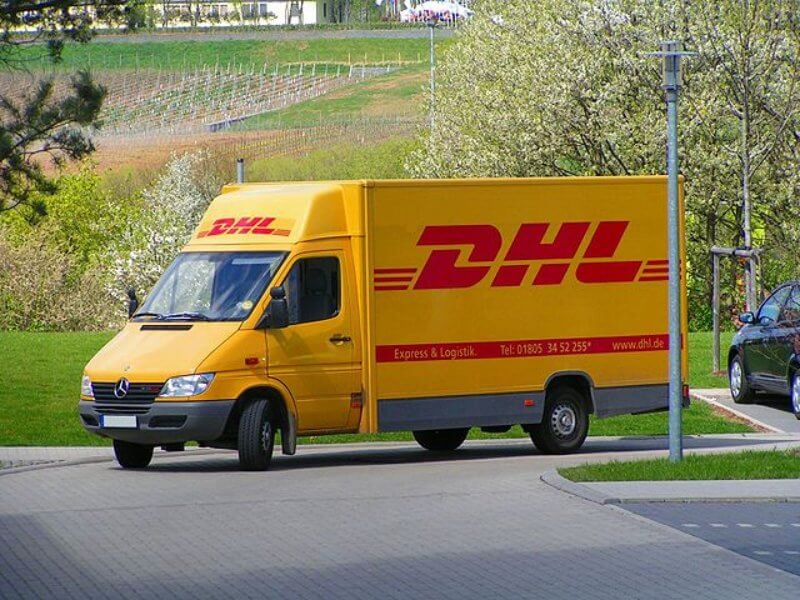
DHL is a German courier company founded in 1969. It delivers packages worldwide with an estimated quantity of about 1.6 billion parcels every year.
As a logistics company, DHL has created problems that impact people and the planet, most notably waste, and pollution. However, it has since committed to environmental responsibility. It is among the few delivery companies that subscribe to the TBL concept.
The shipping giant has updated its fleets with hybrid and electric vehicles, as well as more fuel-efficient trucks. The DHL’s GoGreen initiative simplified logistics and made its trucks take the shortest routes to reduce emissions. DHL additionally uses couriers on bicycles to further reduce emissions.
See Related: Sustainable Investing vs Impact Investing
Ben & Jerry’s
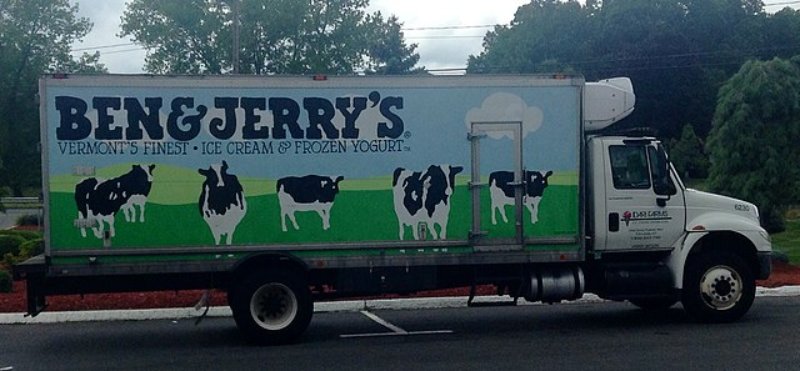
Ben & Jerry’s Homemade Holdings Inc. is an American company founded in 1978 but was sold to Unilever in 2000. Ben & Jerry’s manufactures ice cream, frozen yogurt, and sorbets.
Its contribution to social and environmental courses will forever remain. In 2012, Ben & Jerry’s became a Certified B Corporation. The certification honors its excellent performance regarding employee benefits, contribution to charity, and supply chain practices with positive environmental impact.
Ben & Jerry’s recent contribution is setting goals to enhance workplace racial equity. Fortunately, Unilever promised to continue these good deeds.
Nike

Nike is an American multinational corporation famous for its footwear and fashion. It designs, develops, manufactures, markets, and sells footwear, apparel, equipment, and accessories. The company was established in 1964, and while it wasn’t always the most ethical company, it has recently shown commitment to people and the planet.
Sportswear manufacturers have adopted more energy-efficient processes to make and remake materials. Nike also runs many recycling initiatives, using discarded or donated waste materials to manufacture new products, reducing the amount of solid waste in landfills.
FAQ
Why is the triple bottom line important?
The triple bottom line concept is vital for businesses and organizations to transform into a more regenerative and sustainable future. There are tools outlined within the TBL framework used in measuring, benchmarking, setting goals, and evolving towards creating sustainable systems and business models.
It is an important indicator of the company’s overall condition and target market. TBL also measures an organization’s social, environmental, and financial performance.
How does the triple bottom line affect profit?
The triple bottom line states that the company’s primary goal should not only be profit. It has to account for how its practices affect people and the planet. That’s the only way of accounting for the cost of running a business. Though it may reduce the profit margin, it ensures long-term success.
What value does the TBL bring to a business?
The TBL framework opens up more revenue generation opportunities, decreases the cost of production, and builds loyalty. This creates a positive business culture where a company records high environmental, social, and financial performance and ensures business sustainability.
How do you comply with the triple bottom line?
You can comply with the TBL framework by examining the aspects of people, planet, and profit. Conduct a departmental evaluation of the organization’s strategies for improvement in all areas. That will help you determine your revenue drivers and how the company fulfills its obligation to stakeholders and the environment.
Related Resources
- Best Renewable Natural Gas (RNG)
- Is Your Employee Stock Purchase Plan (ESPP) Worth It?
- Best Solar Energy Stocks to Invest in Today
Kyle Kroeger, esteemed Purdue University alum and accomplished finance professional, brings a decade of invaluable experience from diverse finance roles in both small and large firms. An astute investor himself, Kyle adeptly navigates the spheres of corporate and client-side finance, always guiding with a principal investor’s sharp acumen.
Hailing from a lineage of industrious Midwestern entrepreneurs and creatives, his business instincts are deeply ingrained. This background fuels his entrepreneurial spirit and underpins his commitment to responsible investment. As the Founder and Owner of The Impact Investor, Kyle fervently advocates for increased awareness of ethically invested funds, empowering individuals to make judicious investment decisions.
Striving to marry financial prudence with positive societal impact, Kyle imparts practical strategies for saving and investing, underlined by a robust ethos of conscientious capitalism. His ambition transcends personal gain, aiming instead to spark transformative global change through the power of responsible investment.
When not immersed in finance, he’s continually captivated by the cultural richness of new cities, relishing the opportunity to learn from diverse societies. This passion for travel is eloquently documented on his site, ViaTravelers.com, where you can delve into his unique experiences via his author profile. Read more about Kyle’s portfolio of projects.
